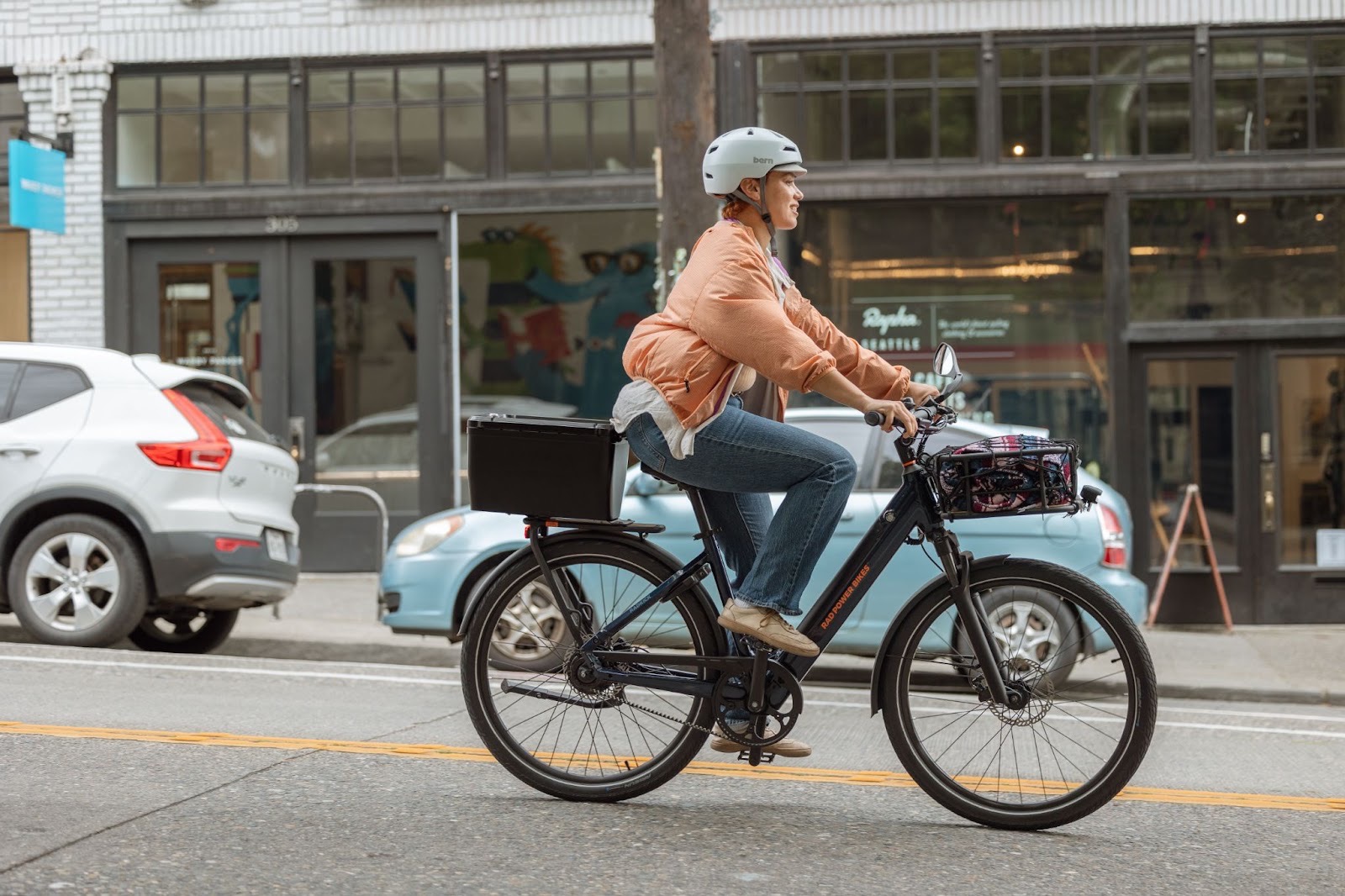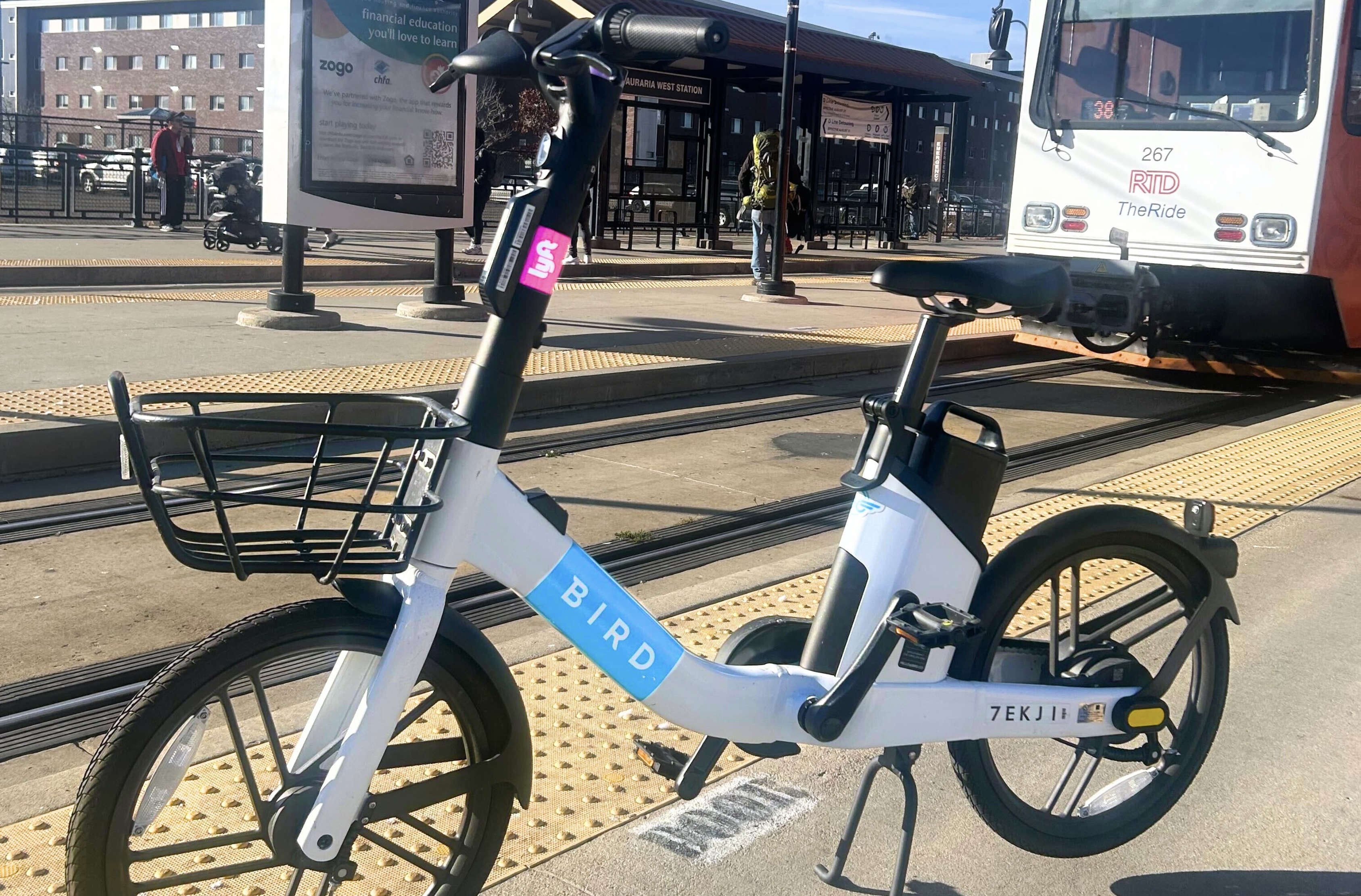Few companies have shaped the e-bike movement in North America like Rad Power Bikes. What began as a garage project in California grew into one of the most recognizable names in electric mobility. Now, after years of rapid growth, innovation, and industry influence, Rad faces one of its toughest moments, a possible shutdown in early 2026.
This isn’t just a business headline. It’s the story of a company that got millions of people to “Ride Rad,” and changed how America thought about urban travel.
From Garage Project to E-Bike Pioneer

The Rad story started in 2007 when Mike Radenbaugh built an e-bike to make his long college commute easier. With co-founder Ty Collins, he turned that idea into a small business, building custom e-bikes for friends and family.
In 2015, the duo launched Rad Power Bikes as a direct-to-consumer brand. By selling online, they cut retail costs and offered high-quality bikes at accessible prices. Models like the RadRover and RadWagon soon became household names for riders seeking car alternatives.
Then came the pandemic. As public transit concerns grew and people sought new ways to exercise and commute, demand for e-bikes skyrocketed. Rad was perfectly positioned. The company saw a 297% surge in demand in May 2020 alone. This boom propelled them to the forefront, leading to massive funding rounds in 2021 that valued the company at $1.65 billion, making it a unicorn.” In total, Rad raised more than $329 million from investors.
Tariffs and Cost Pressures

Even during its growth years, Rad faced a recurring cost headwind: U.S. import duties on e-bikes from China. Rad publicly responded to that policy in 2019, the company said it would temporarily absorb the roughly 25% tariff and return models to pre-tariff prices, a move co-founder Mike Radenbaugh framed as protecting customers.
When a tariff exemption expired in mid-2024, Rad again adjusted pricing. CEO Phil Molyneux informed customers that some models would see $100-$200 price increases to reflect “higher costs for manufacturers.” Industry coverage at the time cited the tariff change as a material driver of those increases.
Innovation and Pivot

But as the pandemic eased, demand dropped sharply, leaving warehouses full of unsold bikes. Rising tariffs and higher costs added pressure.
Rad wasn’t alone. Competitors like VanMoof, and Cake faced similar struggles as the micromobility boom slowed down.”
In 2024, Rad doubled down on innovation. It introduced the Safe Shield™ Battery, a UL-certified design with heat-resistant resin to improve safety, in response to growing concerns about battery fires across the industry.
That same year, it launched four new models, including the redesigned RadWagon 5 and the all-new Radster line. Later came the RadKick, a lightweight, belt-drive e-bike aimed at first-time riders.
Rad also shifted its strategy. In September 2024, the company announced a major partnership with Best Buy, placing its bikes in 150 stores nationwide and on BestBuy.com. This move aimed to reach customers where they shop and diversify beyond its direct-to-consumer roots.
To lead this retail-focused transformation, Rad appointed Kathi Lentzsch as CEO in March 2025. Lentzsch, a seasoned leader known for turning around companies like Bartell Drugs and Pottery Barn, was tasked with steering the company through its "inflection point."

Under her leadership, Rad doubled down on its product vision, unveiling the next-generation RadRunner family in April 2025 with enhanced safety, range, and hauling power.
Challenges and Contraction
Under new leadership and with an updated product lineup, Rad continued to adapt its strategy. However, the company still faced ongoing financial constraints as market conditions and investor sentiment shifted.
In compliance with federal and state WARN Acts, Rad filed an official notice on November 7, 2025, warning 64 employees in Seattle, from mechanics to the CEO, of a potential permanent closure on January 9, 2026. The company was quick to emphasize that "no final decisions have been made," calling the notices "precautionary."
In a statement provided exclusively to Micromobility Industries, the company affirmed its ongoing fight and enduring legacy:
"For years, Rad Power Bikes has played a defining role in bringing ebikes into the mainstream. What began as a small, scrappy passion project started by founder Mike Radenbaugh grew into one of North America’s largest ebike brands, helping hundreds of thousands of riders discover a more accessible, sustainable way to move. Rad helped shape an industry. From pioneering direct-to-consumer ebikes to building one of the strongest rider communities in the category to introducing safer battery technology, Rad has pushed this industry forward because, at our core, we’ve always been the ebike people.
Like much of the micromobility sector, Rad has also faced significant challenges in the years following the pandemic, including swings in consumer demand, lingering inventory pressures, tariffs, and broader economic headwinds. Throughout this period, our team has worked tirelessly to stabilize the business and explore options to support a long-term path forward.
We are not at the end of Rad’s story. The collective mantra amongst our team has been - and will continue to be -'Save Rad.' We are still exploring every viable option to preserve the brand and the community that helped build it. Rad has always been powered by people who believe in a better way to move through the world - the ebike people - and that spirit continues to guide us as we navigate what comes next."
Legacy
Whether Rad Power Bikes finds a lifeline or not, its influence is undeniable.They proved there was a massive market for affordable, direct-to-consumer e-bikes in North America. They inspired a generation of riders and competitors alike, and their final years were marked by a commendable drive to innovate and adapt.
The story of Rad Power Bikes is a quintessential story of modern entrepreneurship: visionary beginnings, meteoric growth, and the immense challenge of navigating a volatile global economy. They championed a movement, and even in their most challenging hour, they continued to build, pivot, and fight. However this chapter ends, the mark they left on our streets and our perspective on urban mobility will continue to roll on for years to come.

.svg)
%2Bcopy.jpeg)


.svg)












